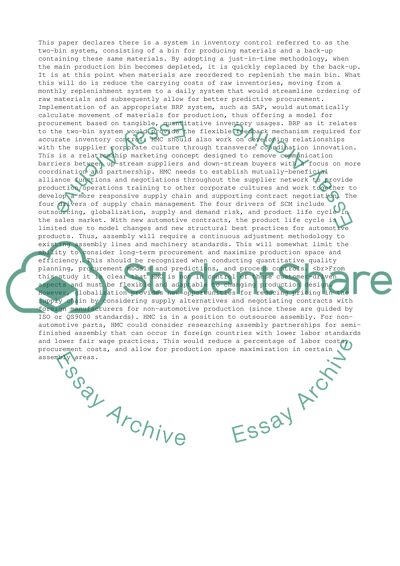Cite this document
(“Supply Chain Management under Porters Five Forces Model Research Paper”, n.d.)
Supply Chain Management under Porters Five Forces Model Research Paper. Retrieved from https://studentshare.org/management/1401069-supply-chain-management
Supply Chain Management under Porters Five Forces Model Research Paper. Retrieved from https://studentshare.org/management/1401069-supply-chain-management
(Supply Chain Management under Porters Five Forces Model Research Paper)
Supply Chain Management under Porters Five Forces Model Research Paper. https://studentshare.org/management/1401069-supply-chain-management.
Supply Chain Management under Porters Five Forces Model Research Paper. https://studentshare.org/management/1401069-supply-chain-management.
“Supply Chain Management under Porters Five Forces Model Research Paper”, n.d. https://studentshare.org/management/1401069-supply-chain-management.


